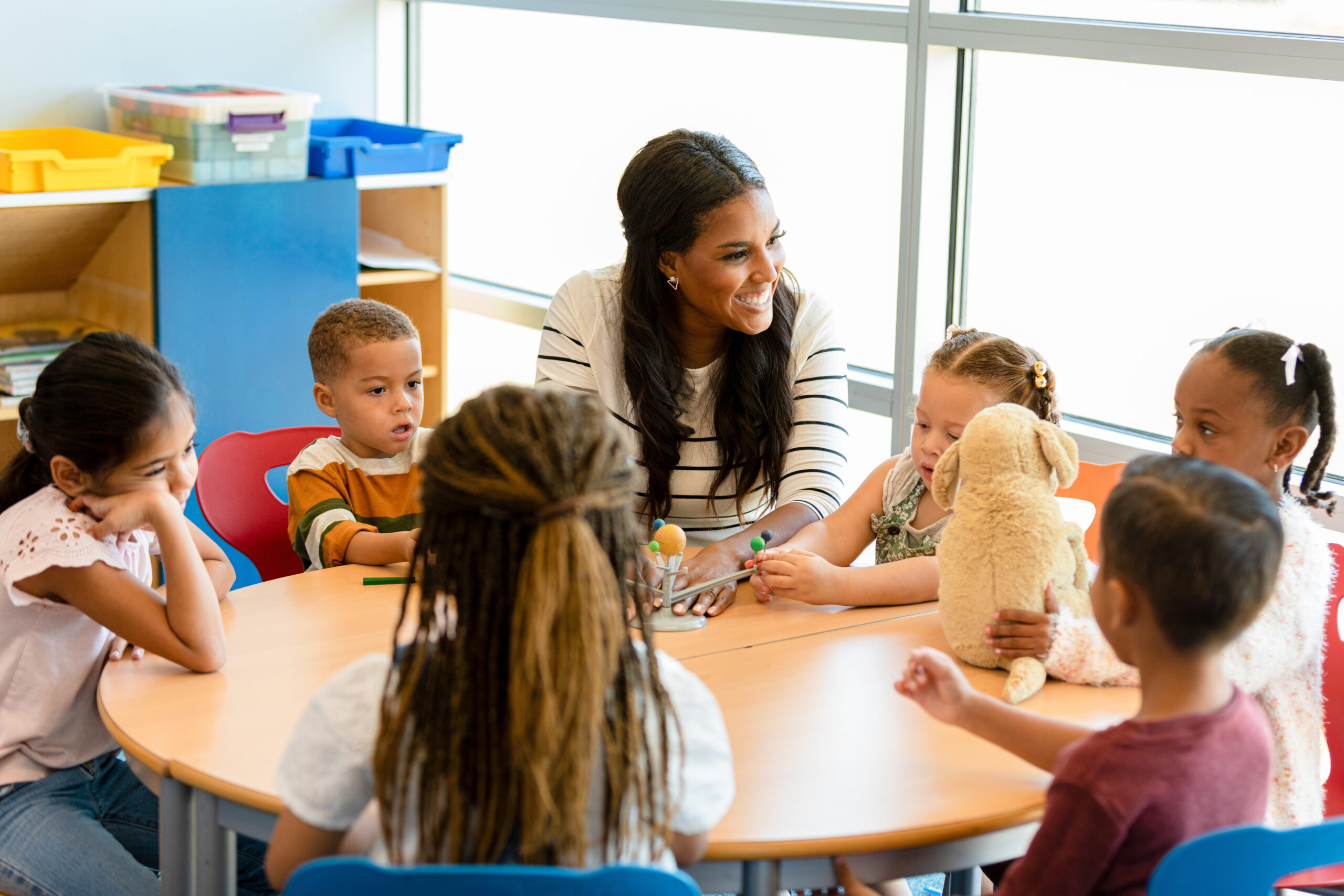In every successful classroom, there’s someone working quietly behind the scenes—redirecting a student, reinforcing a lesson, managing a behavior plan, or offering encouragement when it’s needed most.
That someone is often a paraprofessional.
As classrooms grow more complex and student needs increase, paraprofessionals have become essential—not optional—members of the school team. Their impact is powerful, their roles are wide-ranging, and their presence directly supports both student success and teacher sustainability.
More Than Just Extra Hands
Paraprofessionals today wear many hats. Depending on the classroom, they may:
- Support students with IEPs or 504 plans
- Provide one-on-one assistance to students with special needs
- Help manage classroom behaviors and implement intervention plans
- Reinforce academic content in small-group settings
- Assist with communication for English Language Learners
- Create structure, consistency, and emotional support for students who need it most
They aren’t just assisting. They’re teaching, supporting, observing, and adapting in real-time—often without the recognition or compensation that matches their contribution.
Why Their Role Matters Now More Than Ever
In 2025, schools are navigating the aftermath of disrupted learning, growing mental health challenges, and teacher shortages. The classroom has never been more demanding, and educators can’t do it alone.
Paraprofessionals bring:
- Continuity and structure, especially for students who excel with routine
- Increased capacity for individualized and small-group support
- Relief for teachers, who can focus more on instruction when supported by skilled aides
- Equity and inclusion, ensuring all students—regardless of ability or background—receive the individualized support they need to succeed
Investing in Paraprofessional Staffing
The Adelphi Education team works closely with districts to ensure paraprofessional staffing is not an afterthought, but a strategic priority. We provide trained, dependable classroom aides who understand their roles, support their teachers, and show up ready to make a difference.
We also recognize the importance of consistency. When paraprofessionals are frequently reassigned or unavailable, it creates disruption for the very students who need stability the most.
Our goal? To supply school partners with paraprofessionals who feel like part of the team—because they are.
Final Thought
Paraprofessionals are the heartbeat of inclusive education. They’re the bridge between intention and execution—the people who help translate a lesson plan into meaningful engagement for every student.
As we reimagine what support looks like in today’s classrooms, let’s continue to elevate the role of paraprofessionals. Because when they thrive, our schools—and our students—do too.



